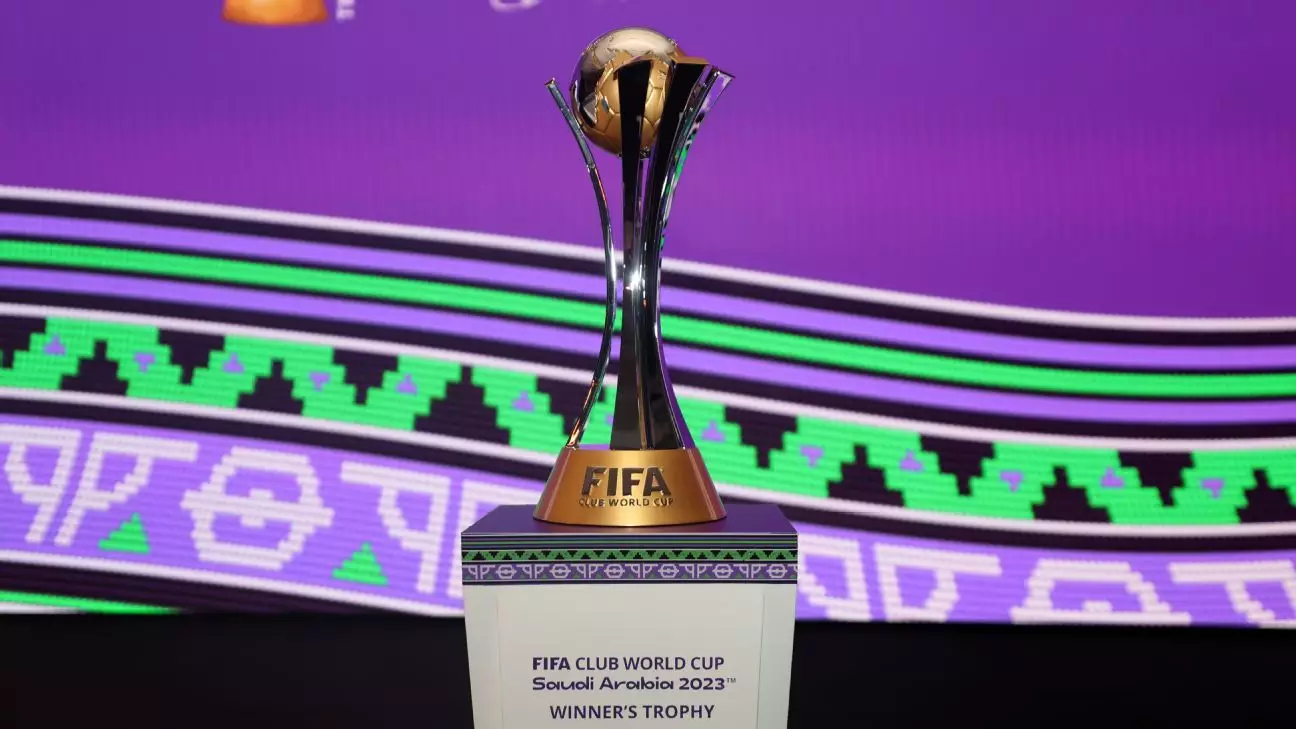The announcement of the venues for the highly anticipated 2025 Club World Cup is set to take place during the Global Citizen Festival in New York City, a strategic decision by FIFA aimed at maximizing global visibility. Scheduled between June 15 and July 13, 2025, the tournament will utilize eight iconic stadiums across the United States, a move showcasing FIFA’s commitment to broadening the appeal of club football.
In recent reports, some of the stadiums poised to host this prestigious tournament include the Rose Bowl in Pasadena, California—known for its rich history—and notable venues like Mercedes-Benz Stadium in Atlanta and Hard Rock Stadium in Miami. With this diverse selection of locations, FIFA aims to attract varied fan bases, fostering an inclusive atmosphere for global soccer enthusiasts. Other venues under consideration include Lincoln Financial Field in Philadelphia, Red Bull Arena in Harrison, New Jersey, MetLife Stadium in East Rutherford, New Jersey, and Lumen Field in Seattle. Notably, Lumen Field’s inclusion follows the qualification of the Seattle Sounders, demonstrating the meticulous planning required to accommodate both teams and fans alike.
FIFA’s decision to predominantly utilize East Coast stadiums is not merely a logistical choice but an essential strategy to sidestep potential schedule clashes with the 2025 Gold Cup, occurring on the West Coast from June 14 to July 6. This careful consideration reflects FIFA’s evolving understanding of the complexities involved in organizing international tournaments within overlapping timelines.
However, this careful orchestration has not come without its share of criticism. Several stakeholders in the soccer community have voiced concerns regarding potential congestion and the strain on players, particularly from leagues such as the Premier League. With the summer traditionally serving as an international window, many have argued that the timing may lead to an overwhelming schedule for clubs already immersed in domestic and international commitments. Amidst this backdrop, FIFA President Gianni Infantino has reaffirmed his support for the tournament, instituting several changes to enhance its structure.
One of the most notable adjustments is the expansion of the tournament to include 32 teams, a significant increase from the previous seven-club format. This change is indicative of FIFA’s aim to make the tournament more inclusive, thereby allowing a broader representation of teams from various continents. The upcoming edition will feature a mix of twelve European clubs, including both Real Madrid and Manchester City—key players in global soccer—while maintaining a diverse representation from South America, Asia, Africa, and North America. Oceania will have one representative, and a final berth will be reserved for the U.S. as the host nation, encapsulating the spirit of international competition and collaboration.
While the Club World Cup is billed as a celebration of global club football, the challenges it faces are numerous. With concerns around scheduling and player fatigue, it remains to be seen how well FIFA can balance these issues against the backdrop of unprecedented growth in club competitions. As the soccer world looks forward to this pivotal tournament in 2025, the focus will undoubtedly shift towards how teams, players, and fans adapt to this new chapter in the sport’s evolving narrative.

Leave a Reply